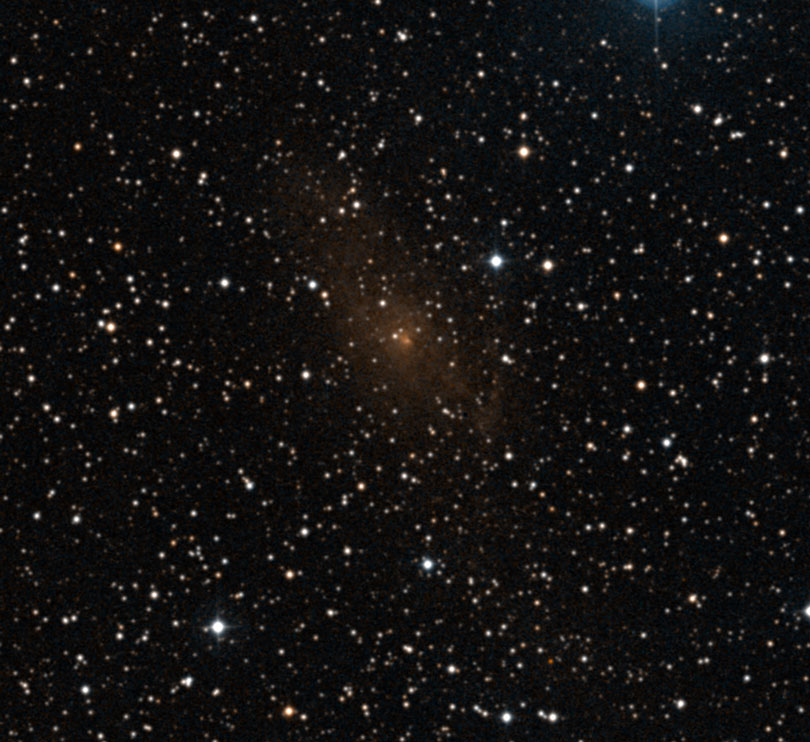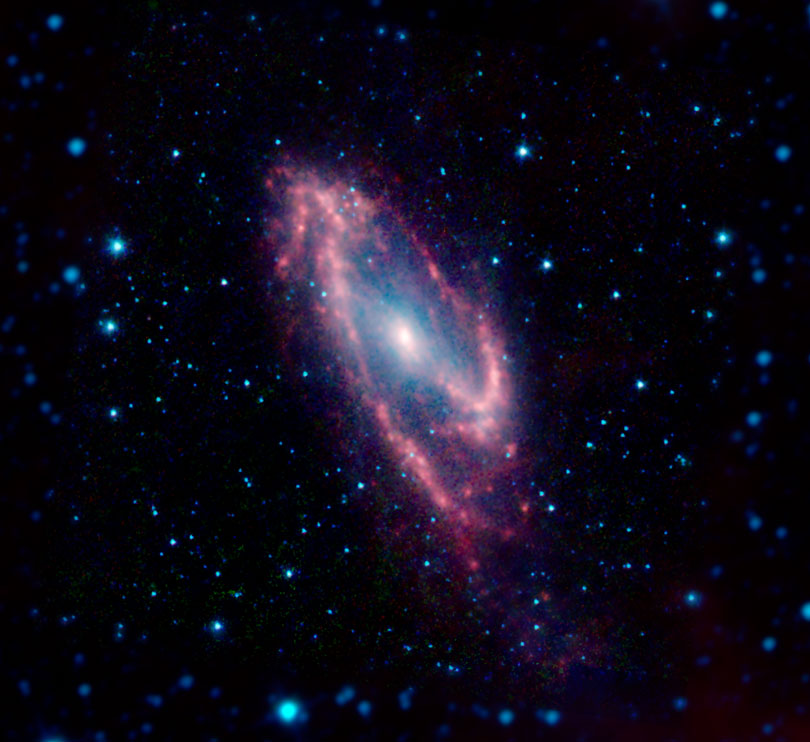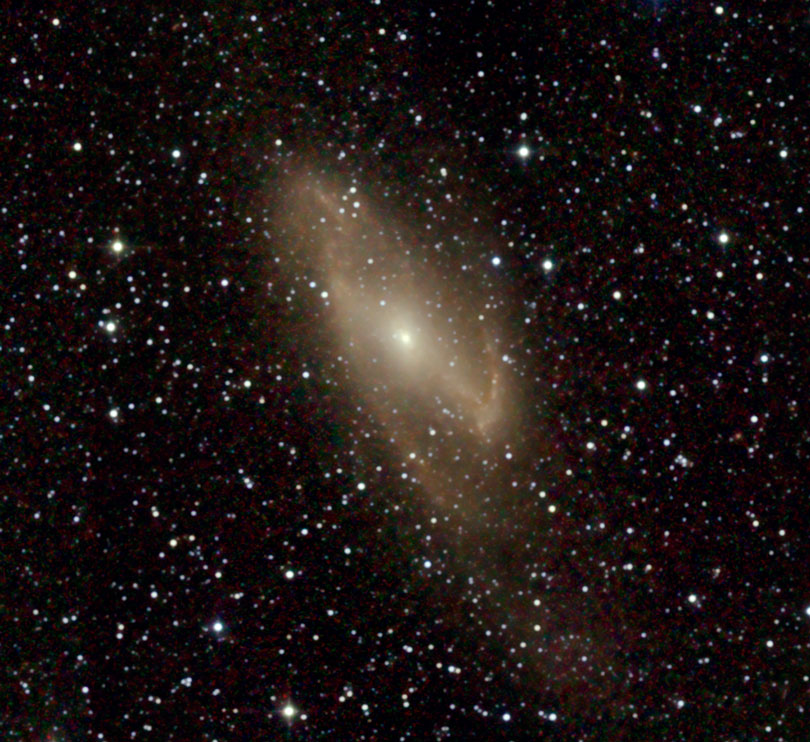- GALAXIES
- INFRARED WORLD
- INTERACTING GALAXIES
- MILKY WAY
- STAR BIRTH
- STAR DEATH
- GALAXIES
- INFRARED WORLD
- INTERACTING GALAXIES
- MILKY WAY
- STAR BIRTH
- STAR DEATH
Galaxies
The Hidden Maffei



Visible:
Default View
Infrared:
LESS
MORE
Near Infrared:
LESS
MORE
The Hidden Maffei
Infrared light helps the study of galaxies that might otherwise be hidden from us. One such example is Maffei 2, a barred starburst galaxy that happens to fall behind our own Milky Way. In visible light, the thick clouds of dust within our own galaxy almost entirely obscure our view of it. Switching to longer infrared wavelengths lets the light pass through the murky dust to reveal this hidden gem.
Visible:
This galaxy is obscured behind a dust cloud.
Infrared:
Slightly longer wavelengths of infrared light can penetrate the dust.
Near Infrared:
Even longer infrared wavelengths show us the dust features of the hidden galaxy.
CREDITS:
Visible: DSS/IPAC. Near-infrared: 2MASS/IPAC. Infrared: NASA/JPL-Caltech/J. Turner (UCLA).